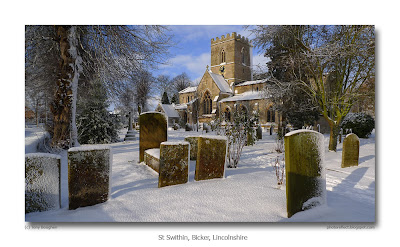 click photo to enlarge
click photo to enlargeIn an ideal world the mission of any television station is to entertain and to inform. Pretty much every channel thinks it does this, but we know that many are ditching the "inform" bit, and many more are failing with the "entertain" bit even though that, nominally, constitutes most of their output. The BBC has a reputation for achieving this dual focus as well as any broadcaster does, but there are times when I think it simply loses the plot through trying too hard.
Take weather forecasting. You'd think that here the main aim would be to inform the public what the weather was likely to be, both where they lived and elsewhere in the country. I imagine the BBC fondly thinks it does just that. Well, I'm here to tell you and them that it fails miserably in this simple task. Firstly, its presenters not only talk too much so that people stop listening, they also talk gibberish. I swear that my wife will put a plant pot through the screen the next time a presenter talks about "treacherous roads", and I'm likely to burst my lungs screaming at the next mention of "an organised band of showers approaching from the west." Organised by whom? God? The Meteorological Office? And how can a road assume human attributes? Then there's the ridiculous graphics that involves us lurching drunkenly over the British Isles as if in a wayward satellite as the presenter hurriedly tries to make what they are saying correspond with the region in view. In spring they punctuate bulletins with "Spring Watch" and invite viewers to call in with their sightings of the first primroses or swallows. What's that got to do with informing us about the weather? It would make as much sense - maybe more, and could be more entertaining - to invite first viewings of T-shirts, short sleeves, or bikini tops. But what irritates the most is the persistent attempts to make the weather forecasts entertaining. Instead of accepting that weather just is what it is, they seek to magnify it and make it appear a malevolent force. So, we have alerts and warnings about wind, rain, sun, fog and snow, exhortations not to travel unless absolutely necessary, furrowed brows, grimaces and anthropomorphising. They don't appear to be trying to alert us to inclement weather, so much as scare us stiff with their cataclysmic visions of what might be. In recent days the weather forecasters have not only got it wrong, saying that the snow will get worse before it gets better: they've also fomented a clearing of supermarket shelves by viewers who have been panicked into stocking up for the next spell of "white hell". In the event a thaw has started!
My suggestion for remedying this state of affairs is to do away with the Jeremiah forecasters, and replace them with a screen divided into four. This would show the country's weather at the time of the forecast, then six hours later, then 12 hours later and finally 24 hours later. Will such a thing happen? No chance.
Today's shot - my last church image for a while you'll be glad to hear - shows St Swithin* at Bicker after the most recent heavy snow fall. I'm aiming for the definitive snowy photograph of this building, and I'm confident I'm getting closer to it. This one was taken about half an hour after the snow had ceased, and there's nothing nicer than getting out in it before too many footprints have marked the perfect whiteness.
St Swithin*/St Swithun: this church styles itself using both spellings, so I follow its example!
photograph & text (c) T. Boughen
Camera: Lumix LX3
Mode: Aperture Priority
Focal Length: 5.1mm (24mm/35mm equiv.)
F No: f4
Shutter Speed: 1/800
ISO: 80
Exposure Compensation: -0.33 EV
Image Stabilisation: On